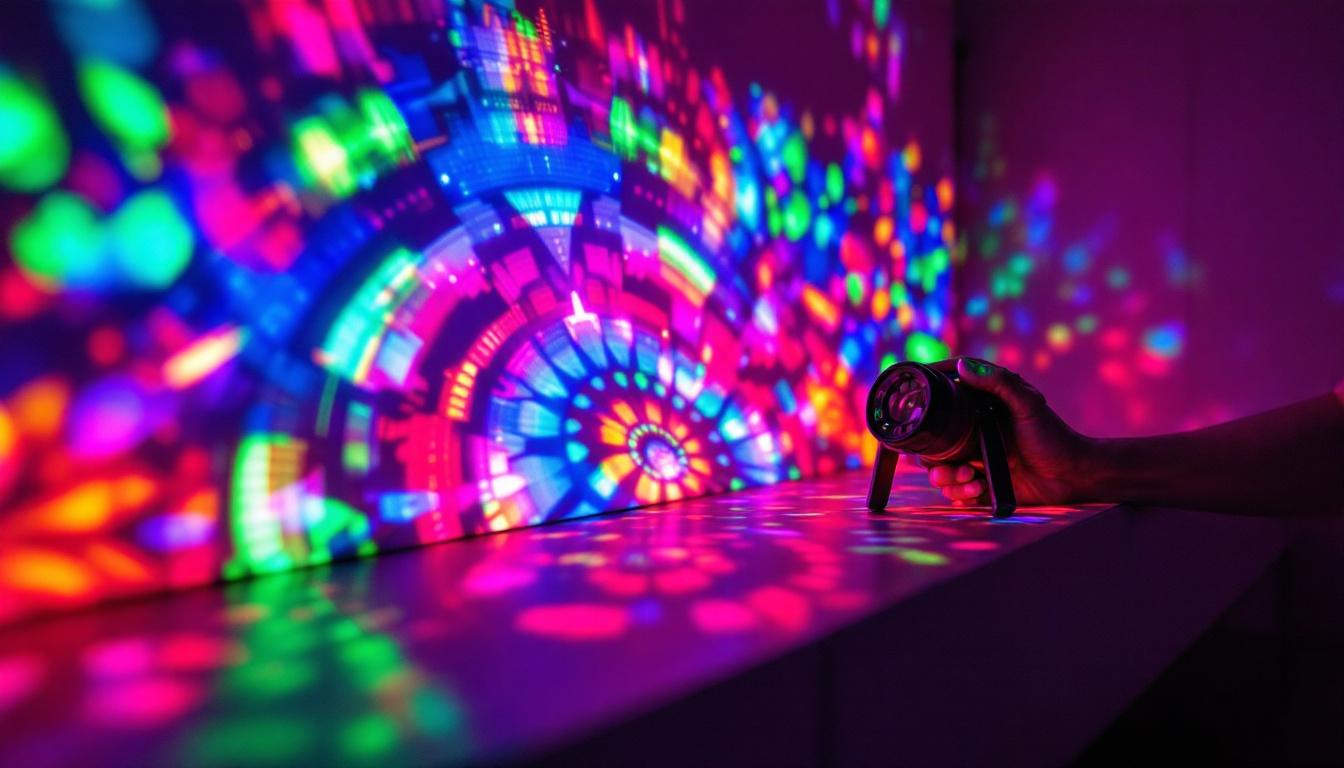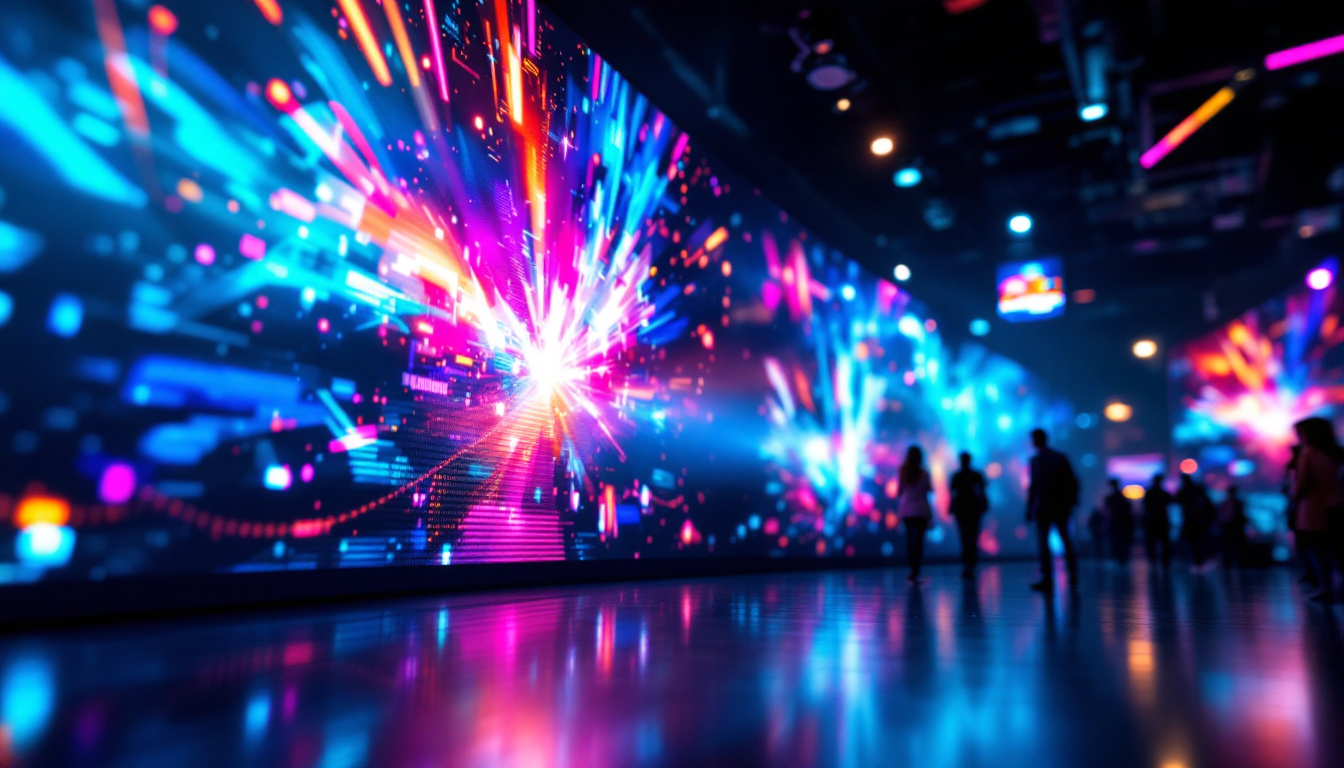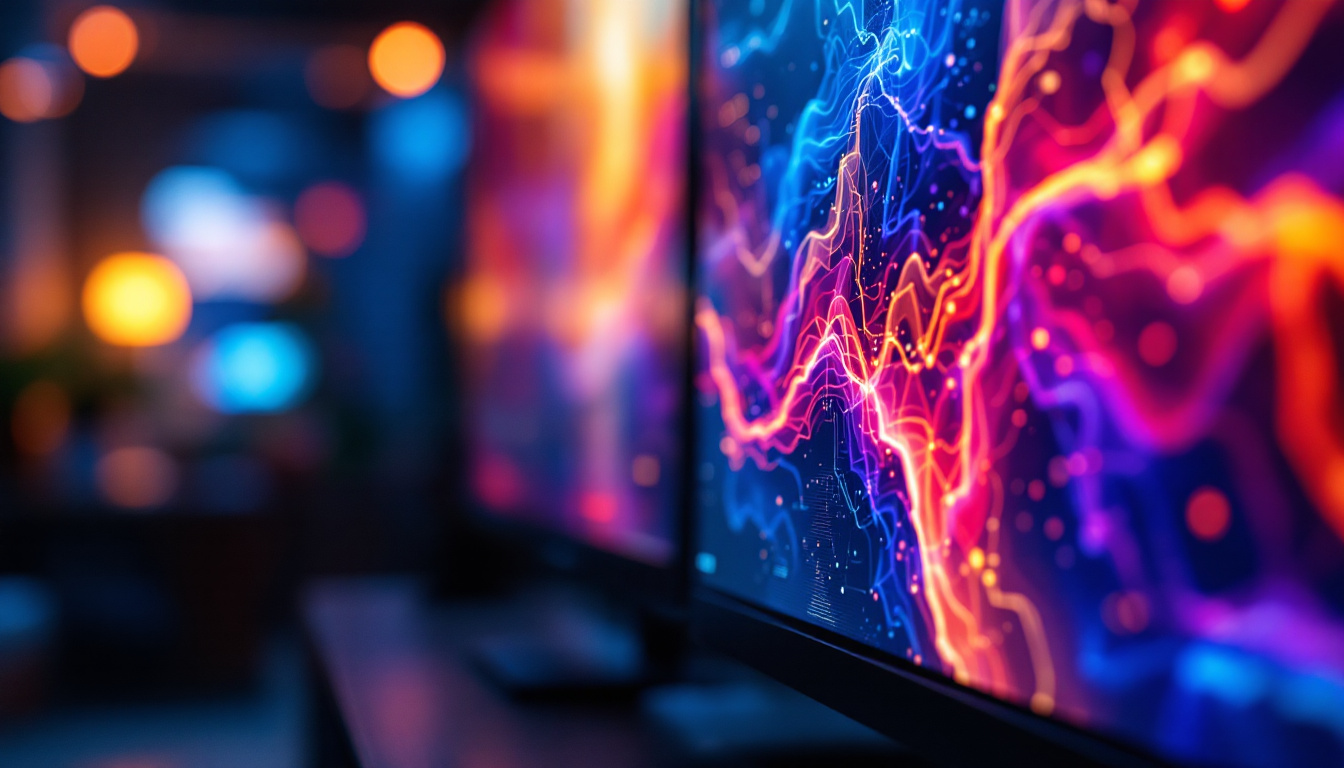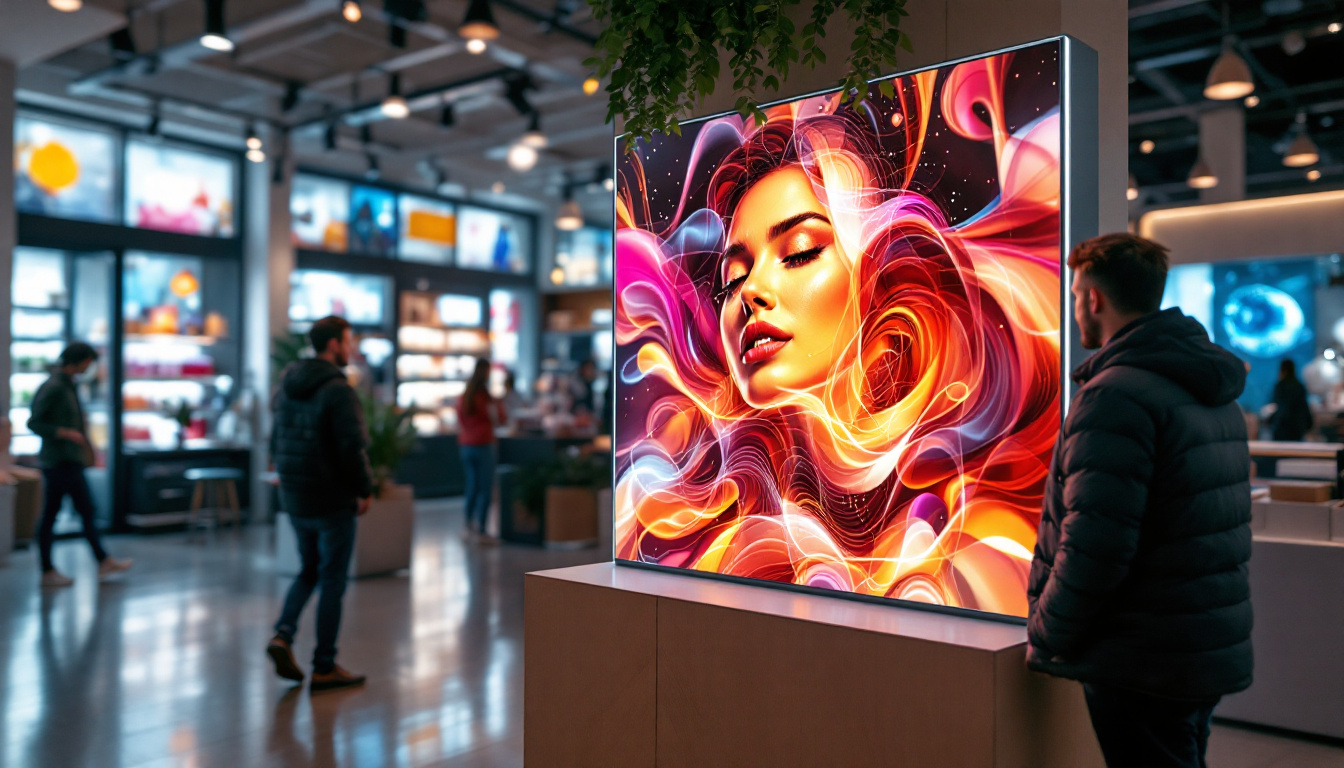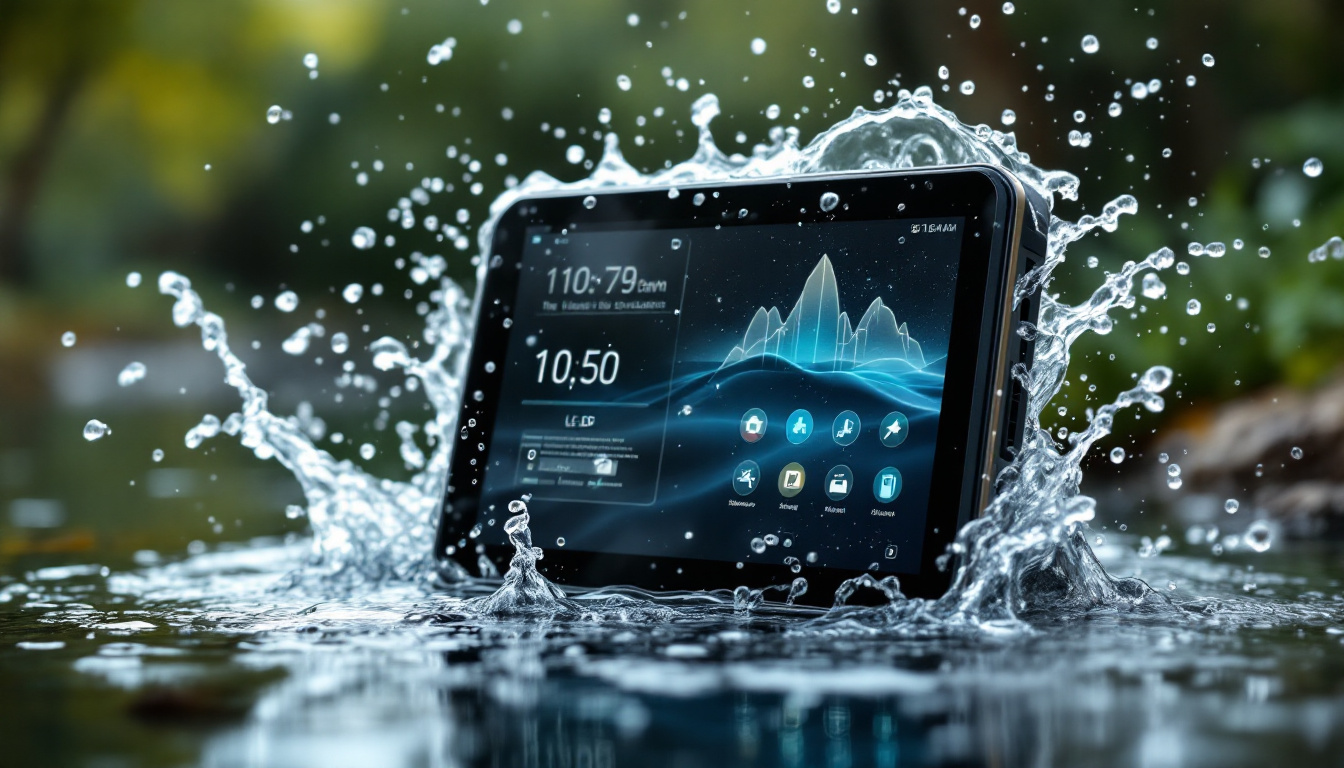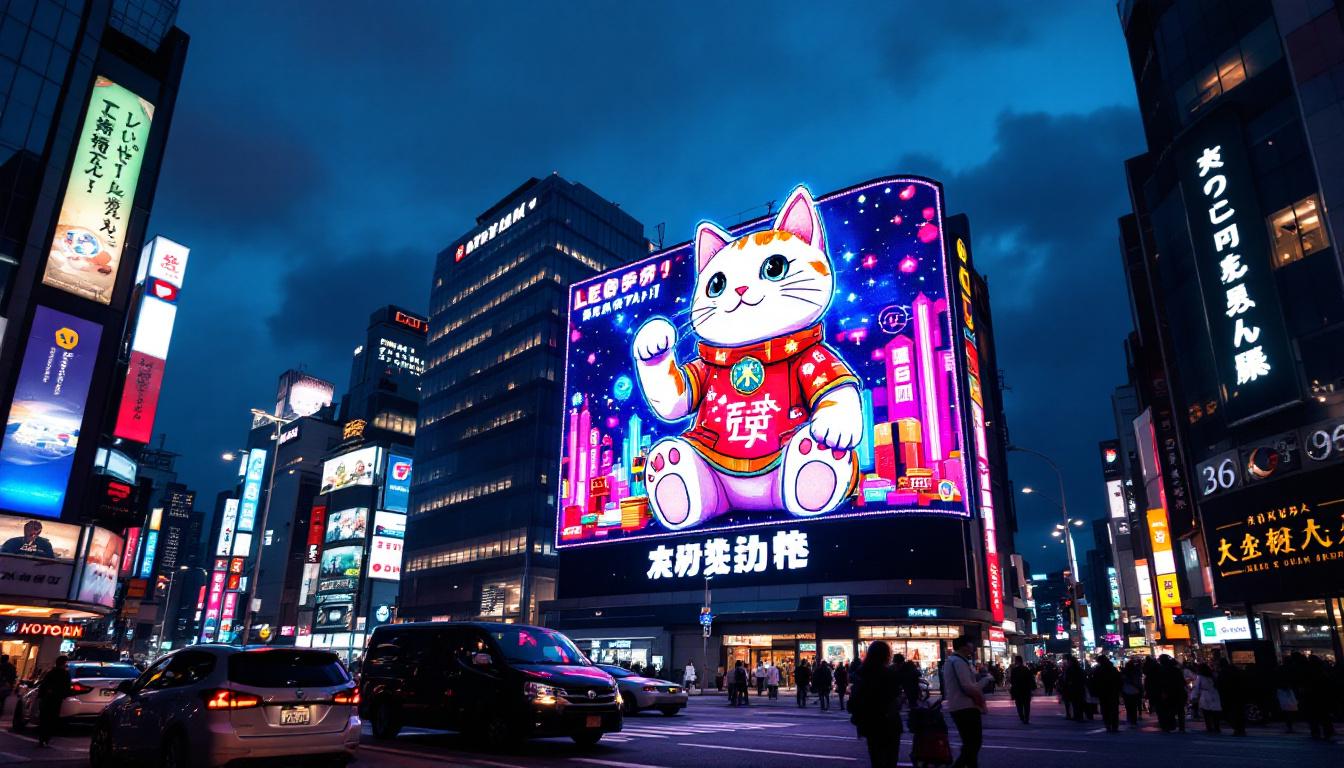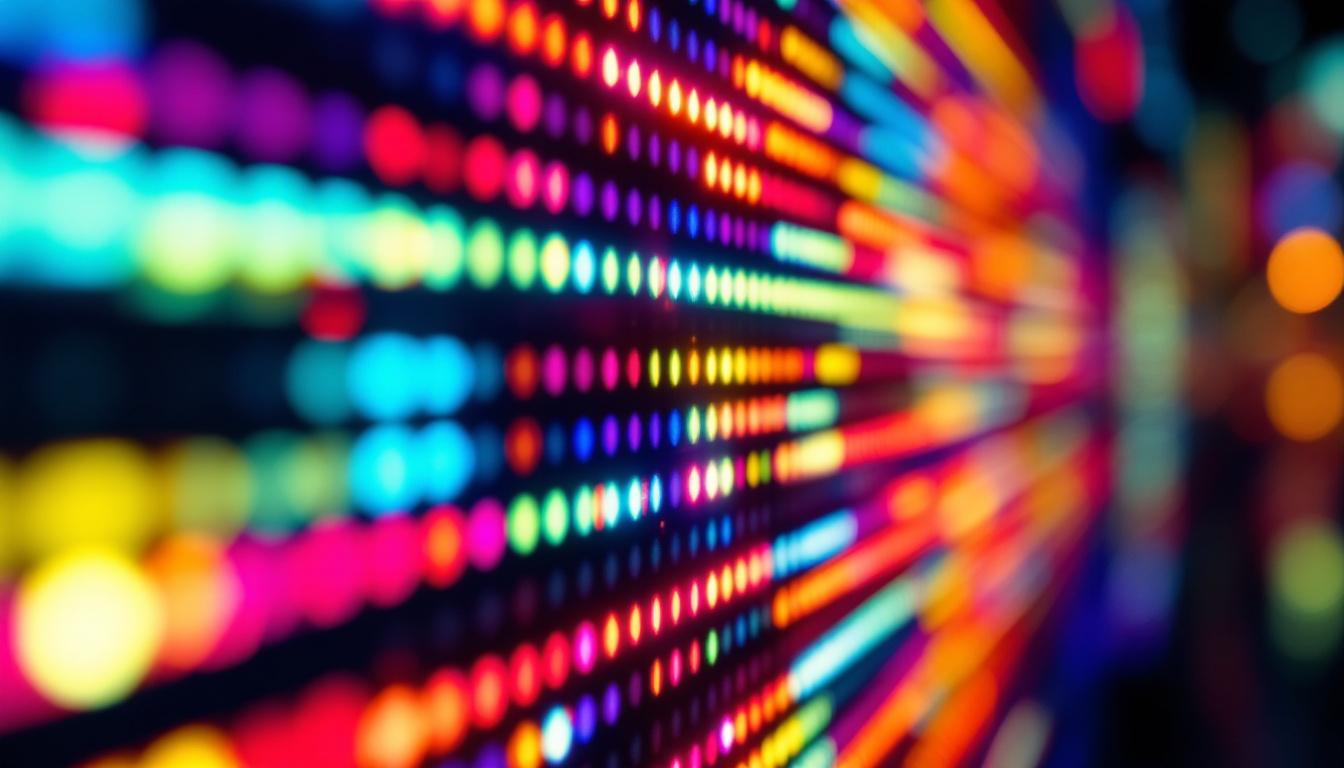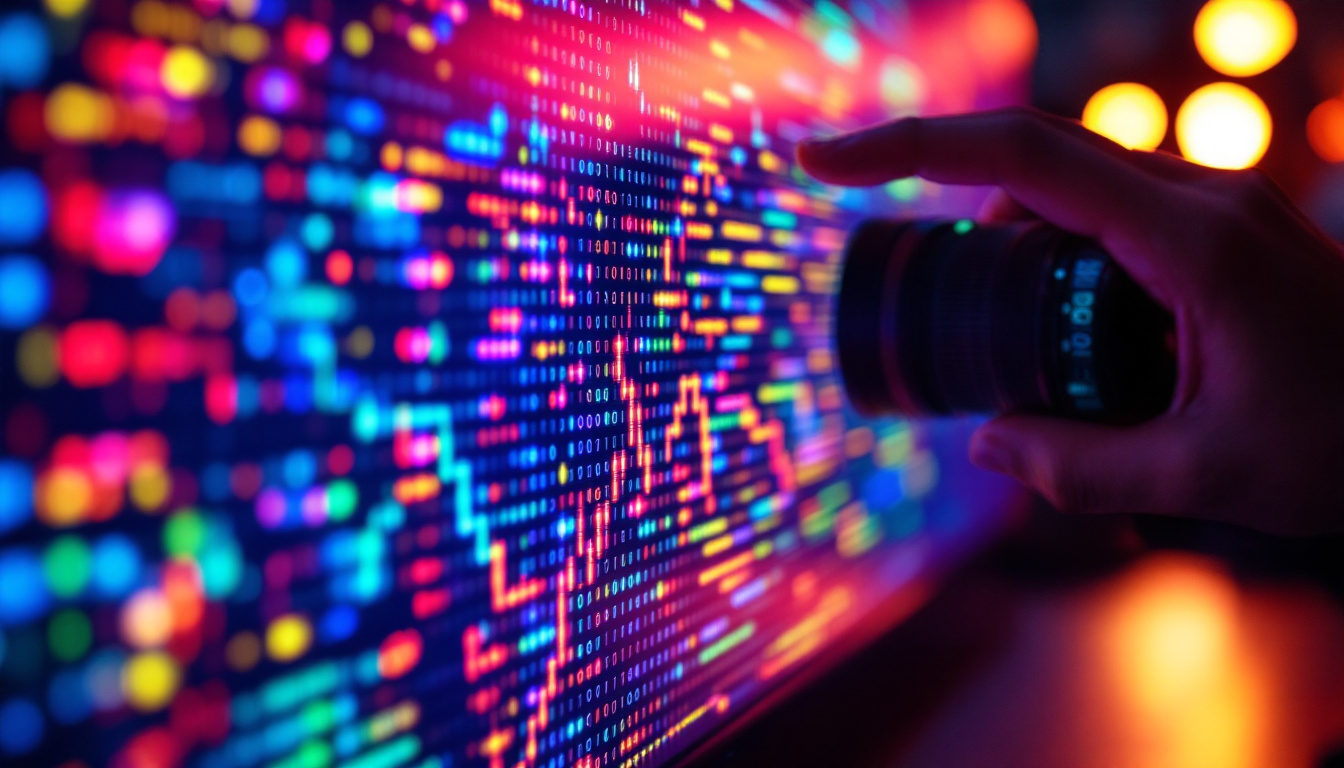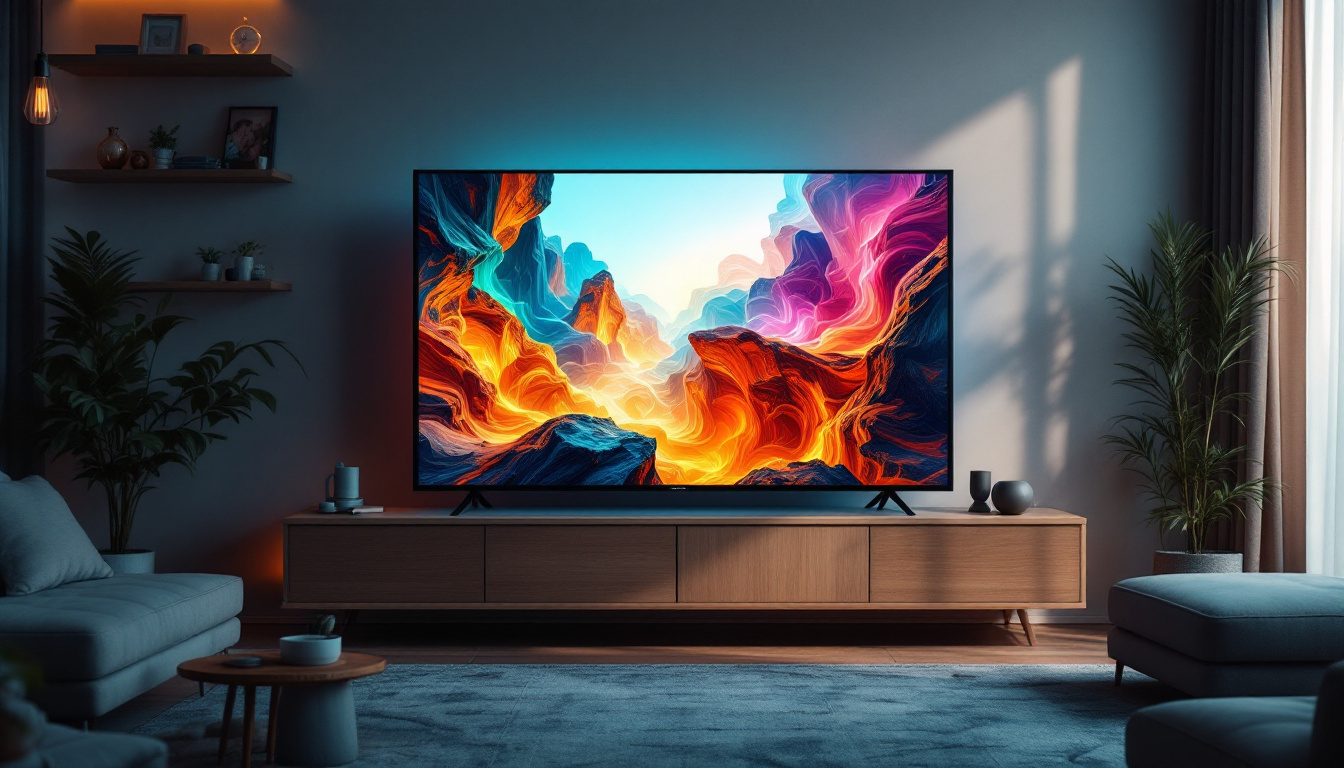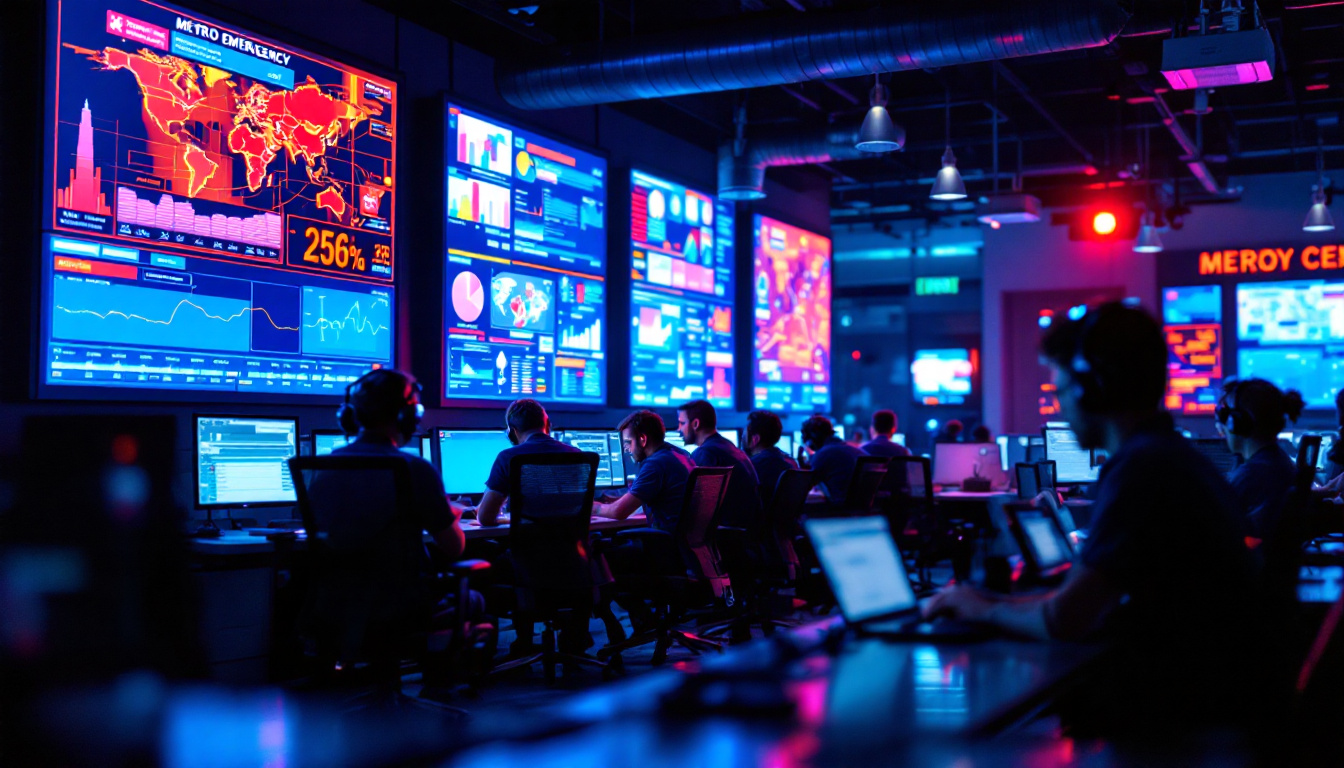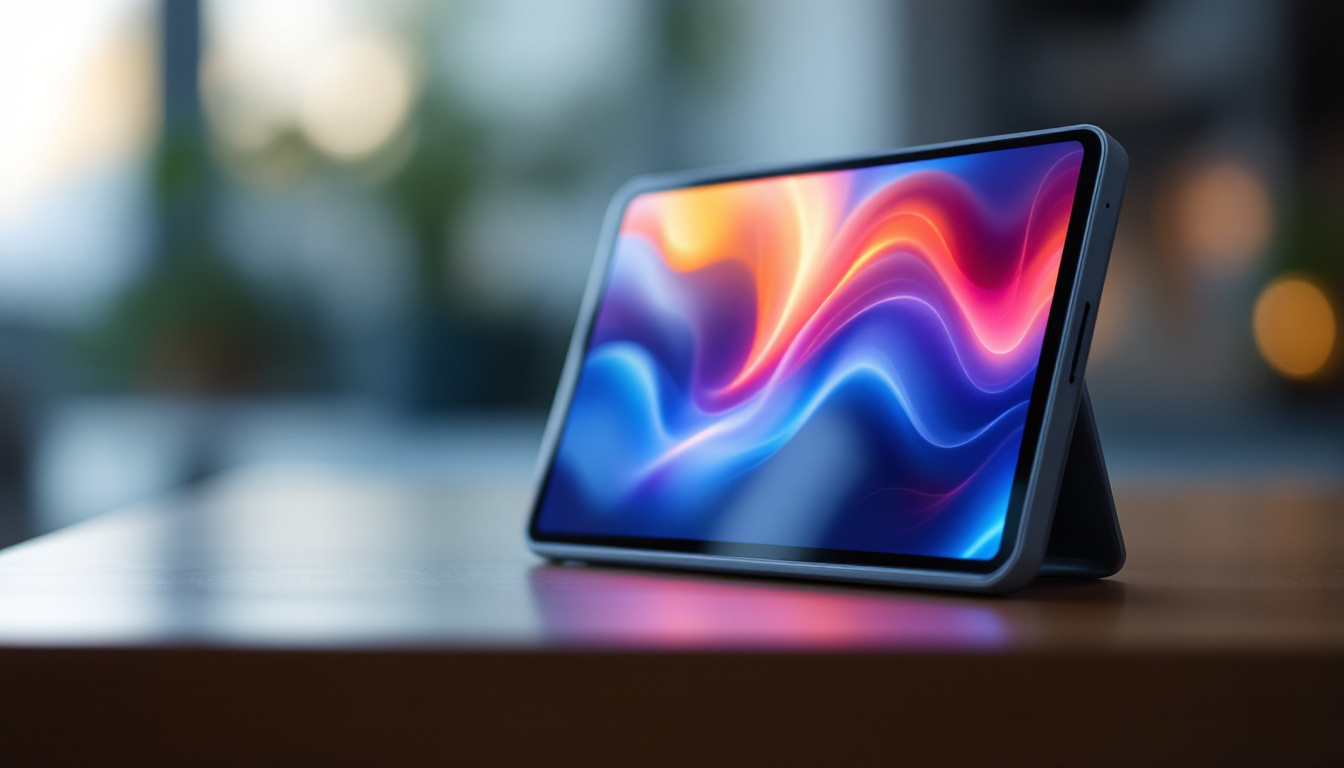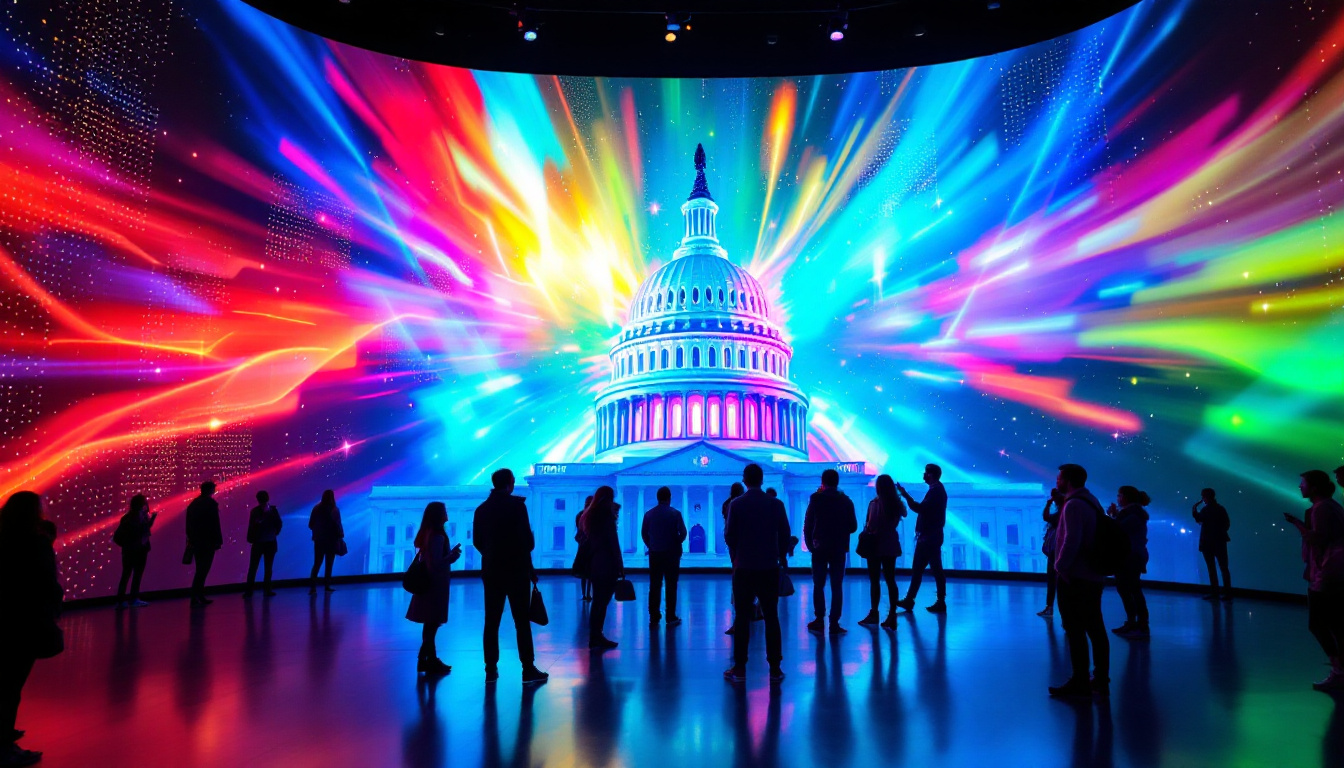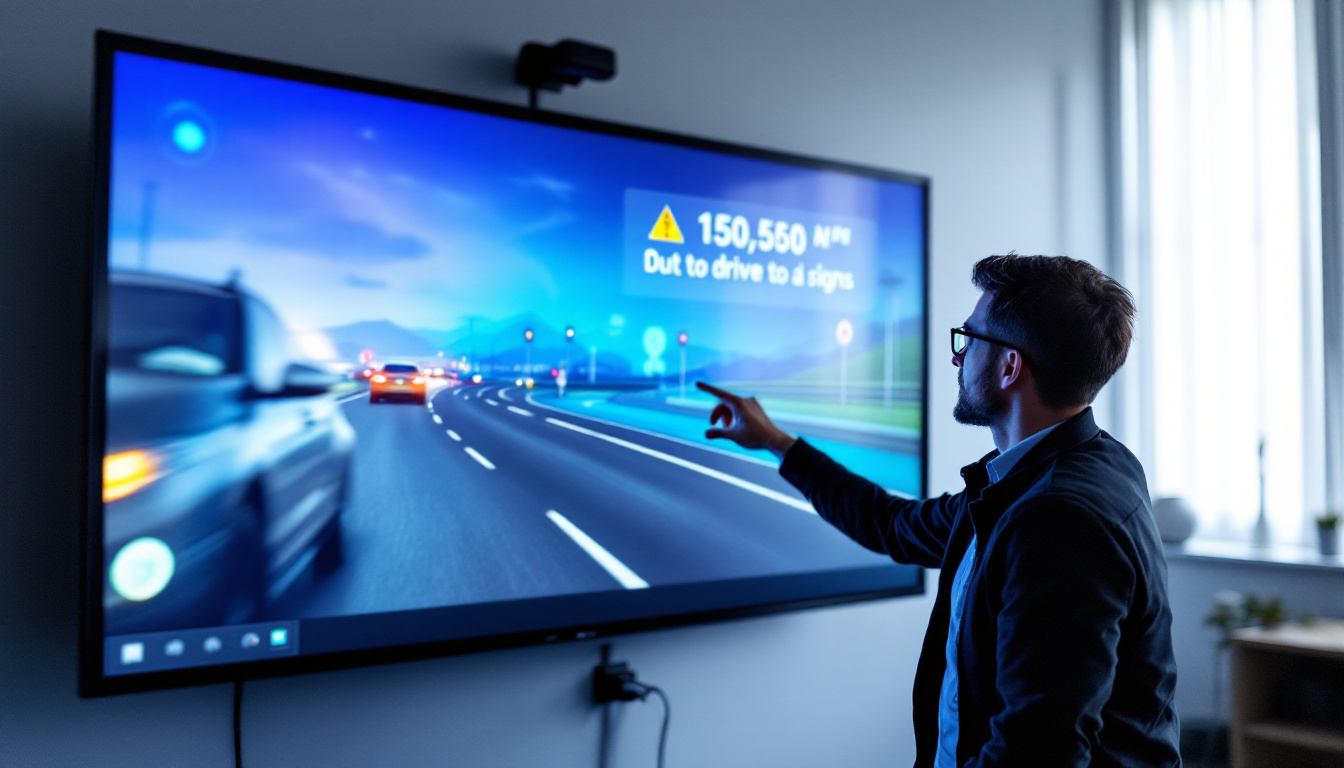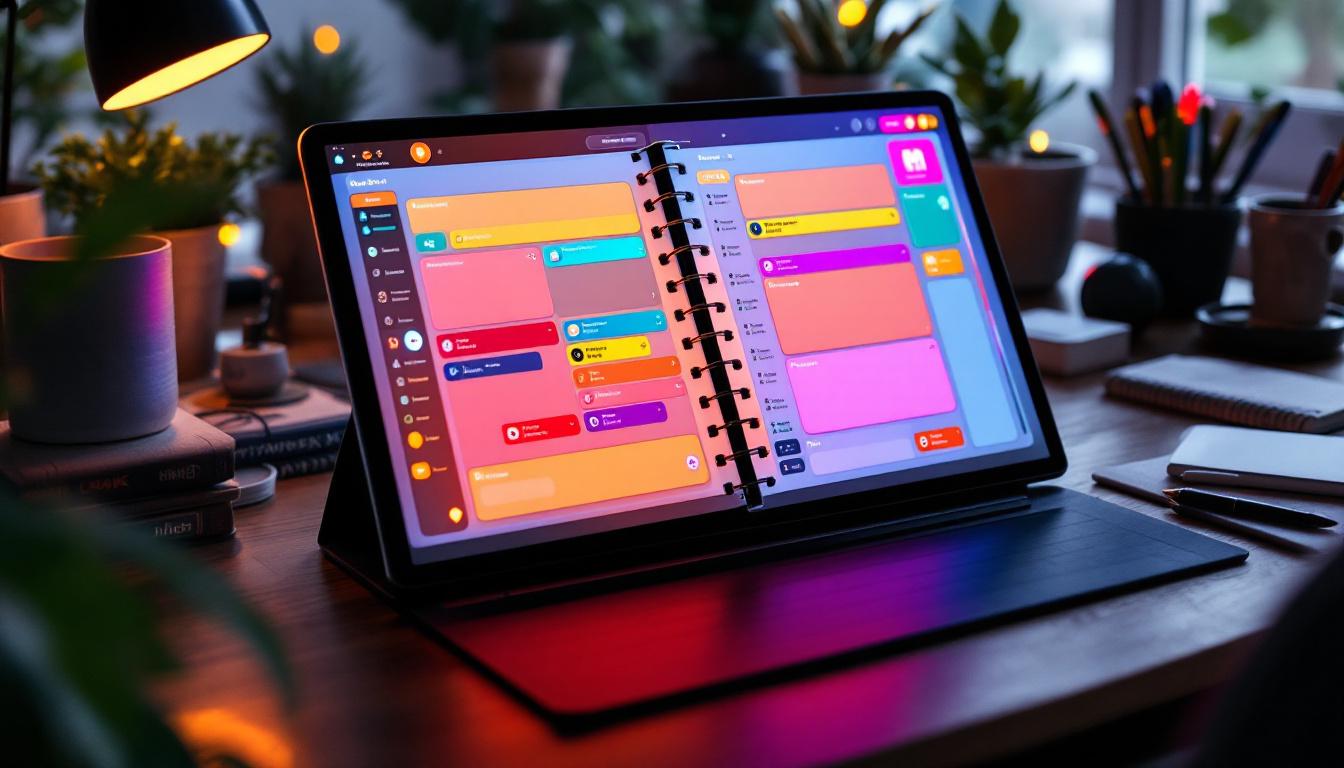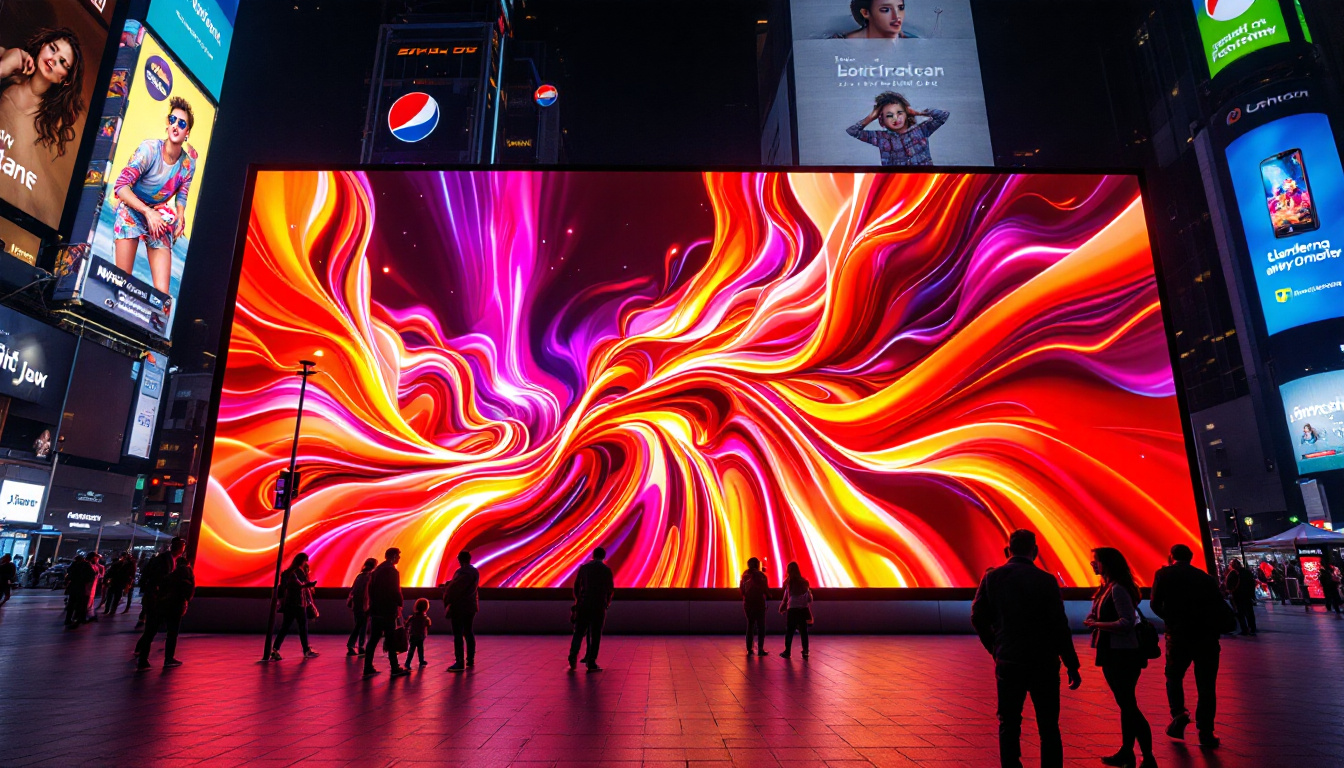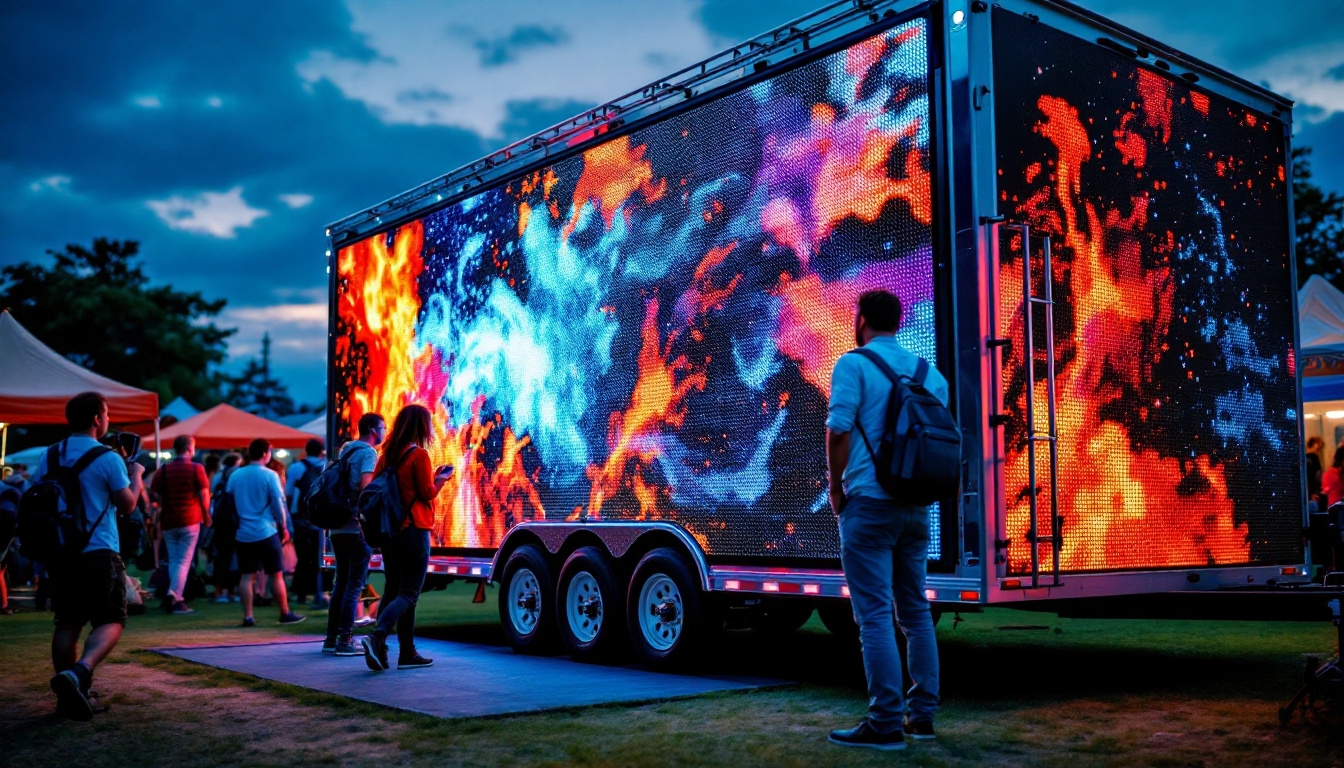In recent years, LED technology has revolutionized the way we experience visual displays. From vibrant billboards in bustling city centers to immersive stage lighting and home entertainment systems, LED projection lights have become a cornerstone of modern display technology. This article explores the fundamentals of LED displays, the technology behind LED projection lights, their applications, and the benefits they offer over traditional lighting and display methods.
Understanding LED Technology
Light Emitting Diodes (LEDs) are semiconductor devices that emit light when an electric current passes through them. Unlike incandescent bulbs, LEDs produce light through electroluminescence, which is far more energy-efficient and results in less heat generation. This fundamental characteristic has paved the way for their widespread adoption across various industries, from residential lighting to automotive applications. The durability and longevity of LEDs—often exceeding 25,000 hours—also contribute to their appeal, reducing the frequency of replacements and maintenance costs.
LEDs come in various colors and sizes, and when combined in arrays, they can create detailed images and videos. The ability to control each diode individually allows for high-resolution displays with excellent color accuracy and brightness. This versatility has led to innovations such as LED strip lights, which can be used for decorative purposes in homes and businesses, enhancing ambiance and aesthetics. Furthermore, advancements in LED technology have led to the development of smart lighting systems that can be controlled via smartphone apps, allowing users to customize their lighting experience with ease.
How LED Displays Work
LED displays consist of numerous tiny LEDs arranged in a grid, known as pixels. Each pixel can emit different colors by combining red, green, and blue LEDs at varying intensities. This RGB model allows for the reproduction of millions of colors, making LED displays suitable for everything from simple text to complex video content. The precision in color mixing not only enhances visual appeal but also improves the overall viewing experience, making them ideal for applications in advertising, entertainment, and even medical imaging.
In LED projection lights, these LEDs serve as the light source that is projected onto a surface, such as a wall or screen. The technology behind LED projectors differs from traditional lamp-based projectors by using LEDs to generate light, which offers several advantages including longer lifespan and lower power consumption. Additionally, LED projectors tend to have faster startup times and can achieve full brightness almost instantly, making them highly convenient for presentations and events. The compact size of LED projectors also allows for greater portability, enabling users to easily transport them for on-the-go use, whether for business or leisure. This adaptability has made LED projectors increasingly popular in both home theater setups and professional environments.
The Evolution of LED Projection Lights
Projection technology has evolved significantly from its early days of bulky, lamp-based projectors to the sleek, efficient LED projectors available today. Traditional projectors rely on high-intensity lamps that consume a lot of power and require frequent replacement. In contrast, LED projection lights use solid-state lighting, which is more durable and energy-efficient. This shift not only reduces the overall cost of ownership but also minimizes environmental impact, as fewer materials are wasted in the manufacturing and disposal of bulbs.
Modern LED projectors incorporate advanced optics and digital processing to enhance image quality. They often feature higher contrast ratios, better color reproduction, and quieter operation compared to their lamp-based counterparts. This evolution has expanded the use cases for projectors, making them more accessible for home theaters, classrooms, business presentations, and outdoor events. Furthermore, the compact size of LED projectors allows for greater portability, enabling users to easily transport them for on-the-go presentations or movie nights under the stars.
Key Milestones in LED Projection Development
One significant milestone was the introduction of RGB LED light engines in projectors, which allowed for full-color projection without the need for color wheels or filters. This innovation improved color accuracy and reduced mechanical complexity. The result was a more reliable and maintenance-free experience for users, as the absence of moving parts reduced the risk of mechanical failure. Additionally, the ability to project vibrant colors has made LED projectors a popular choice for creative professionals, such as graphic designers and filmmakers, who rely on precise color representation in their work.
Another breakthrough has been the integration of laser and LED hybrid light sources, combining the longevity and color performance of LEDs with the brightness of lasers. These hybrid systems push the boundaries of projection brightness and color gamut, making them suitable for large venues and professional applications. The advent of smart technology has also played a role in the evolution of LED projectors, with features such as wireless connectivity, built-in streaming capabilities, and intuitive user interfaces enhancing the overall user experience. As a result, LED projectors are not only becoming a staple in home entertainment but are also increasingly being utilized in art installations and immersive experiences, showcasing their versatility and adaptability in various settings.
Applications of LED Projection Lights
LED projection lights have found applications across a diverse range of fields, driven by their versatility, energy efficiency, and superior image quality.
Entertainment and Events
Concerts, theater productions, and live events frequently utilize LED projection to create dynamic visual effects. The ability to project vivid images and animations onto various surfaces enhances the audience’s experience and allows for creative stage designs. LED projectors are also popular in home entertainment setups, offering compact and quiet solutions for movie nights and gaming.
Advertising and Digital Signage
Outdoor advertising benefits greatly from LED projection technology. Large-scale projections on building facades or temporary structures can capture attention without the need for physical billboards. Digital signage using LED displays is prevalent in retail stores, airports, and public transportation hubs, providing real-time information and advertisements with high visibility even in bright daylight.
Education and Corporate Use
In classrooms and corporate environments, LED projectors facilitate presentations and interactive learning. Their portability, low maintenance, and energy efficiency make them ideal for frequent use. Additionally, the improved color accuracy and brightness help maintain audience engagement and comprehension.
Architectural and Artistic Installations
Architects and artists use LED projection to transform spaces with light and color. Projection mapping techniques allow for precise alignment of images onto complex surfaces, creating immersive experiences. These installations often serve as public art or promotional displays, showcasing the creative potential of LED projection technology.
Advantages of LED Projection Lights Over Traditional Projectors
LED projection lights offer several compelling benefits compared to conventional lamp-based projectors, making them an increasingly popular choice.
Energy Efficiency and Longevity
LEDs consume significantly less power than traditional projector lamps. This translates into lower operating costs and reduced environmental impact. Furthermore, LED light sources have a lifespan of up to 30,000 to 50,000 hours, compared to 2,000 to 4,000 hours for typical projector lamps. This longevity reduces the frequency and cost of replacements.
Improved Color Performance and Brightness
Because LEDs can be precisely controlled, LED projectors often deliver superior color accuracy and consistency. The absence of color wheels and filters reduces light loss, resulting in brighter images. Advances in LED chip technology have further enhanced brightness levels, making LED projectors suitable for a wider range of lighting conditions.
Compact and Durable Design
LED projectors tend to be smaller and more robust than traditional models. They generate less heat, which reduces the need for bulky cooling systems. This compactness allows for greater portability and flexibility in installation, from handheld devices to ceiling-mounted units.
Instant On/Off and Quiet Operation
Unlike lamp-based projectors that require warm-up and cool-down periods, LED projectors can turn on and off instantly. This feature is particularly useful in environments where presentations or displays need to be started and stopped frequently. Additionally, the reduced heat output means quieter fans, contributing to a less distracting viewing experience.
Challenges and Considerations with LED Projection Lights
Despite their many advantages, LED projection lights are not without limitations. Understanding these challenges can help users make informed decisions when selecting projection technology.
Brightness Limitations
While LED projectors have improved in brightness, they generally cannot match the highest brightness levels of lamp or laser projectors, especially in very large venues or brightly lit environments. This limitation may affect their suitability for certain professional or outdoor applications.
Cost Factors
Initial purchase prices for high-quality LED projectors can be higher than traditional models. However, the total cost of ownership often balances out due to lower maintenance and energy costs. Budget-conscious buyers should weigh upfront costs against long-term savings.
Resolution and Image Size Constraints
Some LED projectors may have lower native resolutions compared to other projector types, which can impact image sharpness, especially on large screens. Additionally, the maximum image size achievable without loss of quality may be smaller, depending on the projector’s specifications.
Future Trends in LED Projection Technology
As LED technology continues to advance, several trends are shaping the future of LED projection lights.
Miniaturization and Portability
Ongoing improvements in LED chip efficiency and optics are enabling even smaller and lighter projectors. Pocket-sized LED projectors are becoming more common, allowing users to carry high-quality projection capabilities in their pockets.
Integration with Smart Technologies
Smart projectors with built-in Wi-Fi, Bluetooth, and voice control are becoming increasingly popular. These features enhance user convenience and enable seamless integration with other smart devices and content platforms.
Enhanced Brightness and Color Gamut
Research into new LED materials and hybrid light sources aims to push brightness levels higher while expanding the color gamut. This will broaden the range of applications for LED projection, including large-scale outdoor events and professional cinema.
Environmental Sustainability
With growing emphasis on green technologies, manufacturers are focusing on reducing the environmental footprint of LED projectors. This includes using recyclable materials, improving energy efficiency, and designing products for easier repair and upgrade.
Conclusion
LED projection lights represent a significant advancement in display technology, offering energy-efficient, durable, and high-quality alternatives to traditional projection methods. Their versatility across entertainment, advertising, education, and art underscores their importance in modern visual communication.
While there are some limitations to consider, the ongoing development of LED technology promises to overcome these challenges, making LED projection lights an increasingly attractive choice for a wide range of applications. As the technology matures, users can expect even more innovative features and improved performance, solidifying LED projection as a key player in the future of visual displays.
Explore the Future of Visual Displays with LumenMatrix
Ready to elevate your visual experience with the latest in LED display technology? Discover LumenMatrix’s innovative solutions, from Indoor and Outdoor LED Wall Displays to specialized options like Vehicle, Sports, and Floor LED Displays. Our mission is to transform your visual communication, ensuring your message resonates with vibrancy and precision. Check out LumenMatrix LED Display Solutions today and join the revolution in digital signage and display technology.

